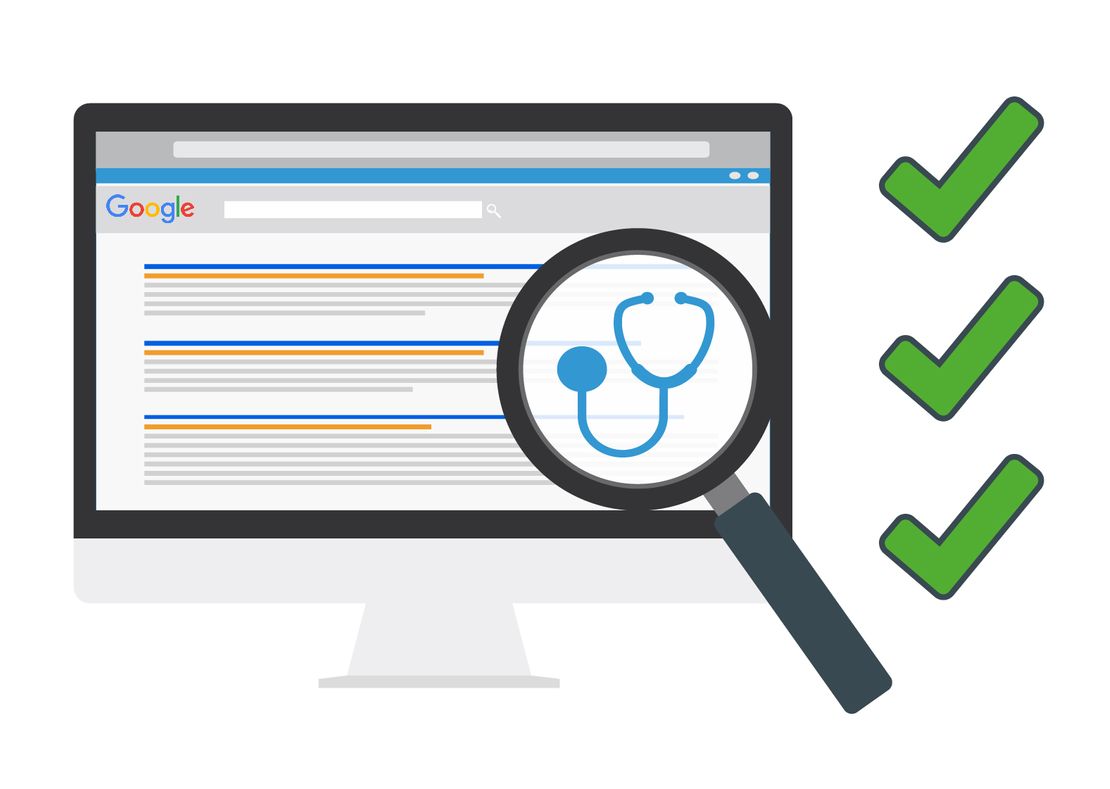When someone lands on your webpage, there is a very short window of time (roughly 10 to 20 seconds) where they will make the decision to stay or go –
It is, arguably, one of the most important parts of your website and directly affects traffic to your website, like how high you rank in searches and how much traffic you receive, and conversions, or how many visitors convert to leads or customers.
Visitors to your medical website expect to find what they are looking for easily. And if they can’t do it in that brief window of time, most will move on to another site. Here are some of the best ways to keep your current and potential patients happy and ensure that your medical web design leads to website conversions, rather than bounces.
No more than seven menu items
Keeping your navigation limited to seven items is beneficial for two reasons. Firstly, it helps search engines determine your authority, which they do so through links. When your navigation is cluttered with too much content, the value of links can be diluted. The more concise your navigation is, the better it is for search. Secondly, seven items (or less) is the ideal amount for visitors to see – any more, and they can potentially miss important items. Keep it simple and streamlined.
No drop down menus
Drop down menus create clutter and can be too much for visitors to see. The only instance where a drop down may be useful is in the case of a very large site, with many pages. Here, a mega drop down menu may be a good idea.
Watch the order of items
Medical website designers know that order matters – studies show that visitors typically remember the items that are on either end of the navigation bar. It’s where retention and attention are highest, so place the most important items here. “Contact” should be the last item on the list, on the far right side in a horizontal style navigation bar.
Accurately describe your menu items
Your main navigation should tell people, descriptively, what you do. A menu item labelled “Products” or “Services” simply doesn’t convey what your business does. By descriptively labelling your menu items, you tell people exactly what you do. This practice also helps search engine rankings, as your navigation bar is one of the most important places to determine your relevance.
Broken Links
[related_content]
This is an absolute no-no. Links that go nowhere and don’t work look unprofessional, so take care to maintain them.
The primary or most important consideration to keep in mind for your medical web design is the ease with which visitors can move around the site, and find what they need. Do this through a well structured and thought out navigation bar, and it will naturally lead to optimal search engine results. Invest in a flexible site that let’s you move and adjust things if required, and in no time you can have the perfect website navigation.



